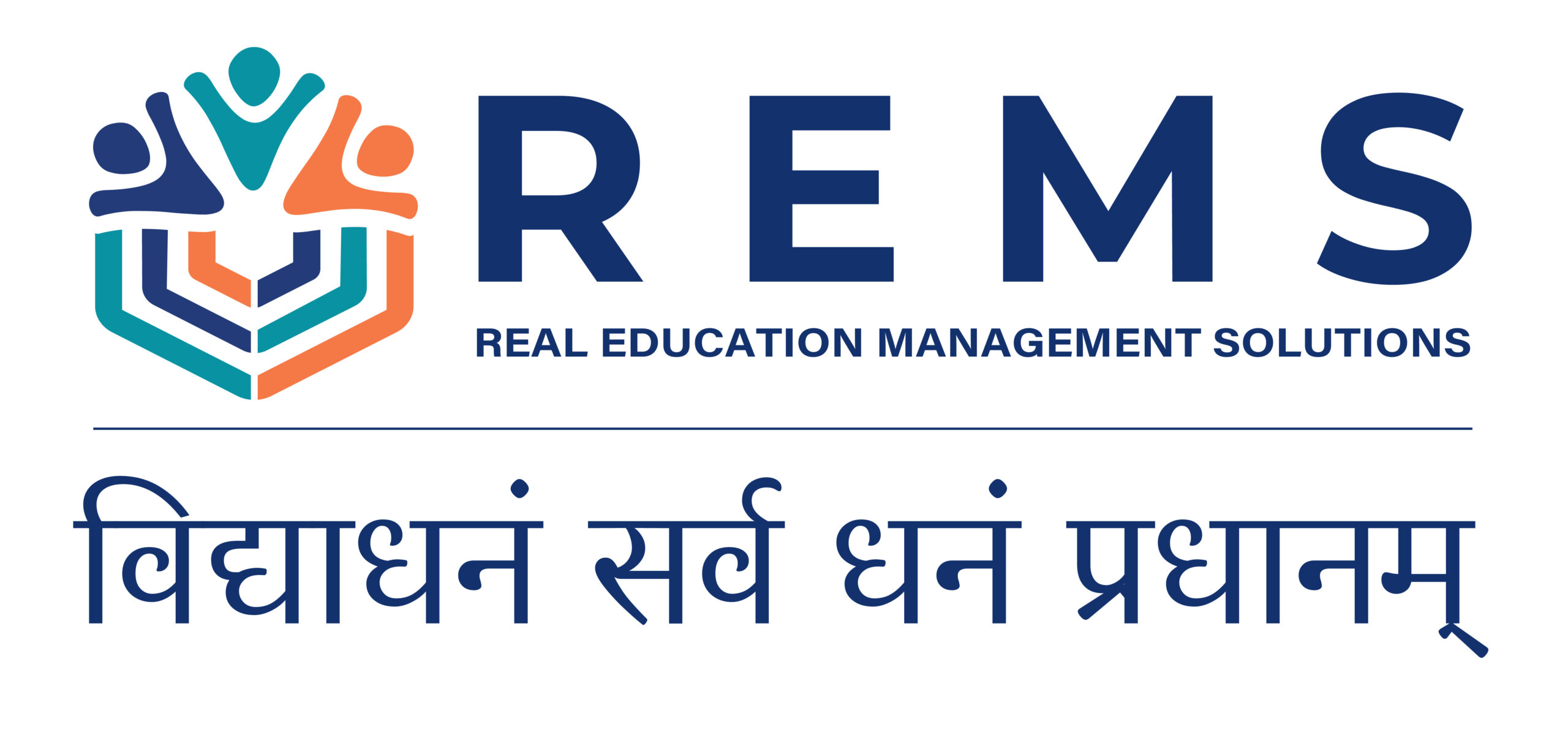In today’s fast-paced educational landscape, institutions—be they schools, colleges, or universities—are increasingly turning to specialized solutions that streamline operations, enhance efficiency, and foster seamless communication across various departments. One such solution gaining traction is REMS (Real Education Management Systems). These systems are designed to simplify complex administrative tasks, automate routine functions, and create a conducive environment for educational excellence. But what truly sets REMS apart is the strategic liaisoning efforts employed to ensure smooth functioning across all levels of an institution. In this blog, we will explore the key liaisoning strategies used by REMS to help schools, colleges, and educational institutions maintain operational efficiency and improve outcomes.
1. Building Strong Relationships with Key Stakeholders
At the core of REMS’ liaisoning strategies is the establishment of robust relationships with all key stakeholders in an educational institution. This includes not only faculty and staff but also students, parents, and external entities such as regulatory bodies and accreditation organizations. By facilitating consistent communication channels, REMS ensures that everyone involved in the institution’s operations is kept in the loop.
Key Benefits:
- Fosters Collaboration: Strong relationships lead to better collaboration between departments, reducing silos within the institution.
- Quick Problem-Solving: Any issues or challenges that arise are addressed swiftly, as REMS acts as a central point for communication and issue resolution.
- Enhanced Accountability: When all parties are aligned and well-informed, accountability improves, leading to a smoother workflow.
2. Automated Communication Systems
REMS incorporates automated communication systems that streamline the flow of information across various stakeholders. From attendance reports and academic progress updates to event notifications and deadline reminders, REMS ensures that all parties are on the same page without the need for manual intervention.
Key Benefits:
- Reduces Administrative Burden: Faculty and administrators can focus more on their core responsibilities rather than spending time on repetitive administrative tasks.
- Improves Response Time: Automated notifications and alerts enable quick responses to any issues, preventing delays in decision-making.
- Consistency in Communication: Automated systems ensure that no important information is overlooked or lost in transit, ensuring clarity and transparency in communication.
3. Seamless Integration of Processes
REMS provides a unified platform that integrates various academic and administrative processes into one cohesive system. From admissions and course management to examination schedules and financial planning, REMS connects these elements seamlessly. This integration minimizes manual errors, avoids duplication of effort, and enhances the overall coordination between different departments.
Key Benefits:
- Improved Efficiency: Processes such as student enrollment, grade submissions, and fee payments are automated, reducing the time spent on manual tasks.
- Data Integrity: Integration ensures that data flows smoothly between departments, reducing the risk of inconsistencies or errors.
- Enhanced Decision-Making: With all relevant data stored in a single platform, decision-makers can access real-time information to make more informed choices.
4. Centralized Data Management for Informed Decision-Making
REMS enables institutions to store, analyze, and manage vast amounts of data from various sources in one centralized location. This data includes student performance metrics, financial records, attendance logs, and feedback from students and faculty. By making this data easily accessible, REMS empowers administrators and faculty to make data-driven decisions.
Key Benefits:
- Real-Time Insights: Decision-makers can access up-to-date data to gauge the institution’s performance and identify areas for improvement.
- Improved Planning and Forecasting: With historical and current data at hand, schools and colleges can better forecast future trends and plan resources accordingly.
- Personalized Learning: Teachers can access individual student data, allowing for more targeted interventions and personalized learning experiences.
5. Compliance and Regulatory Liaison
One of the most challenging aspects of running an educational institution is staying compliant with the various regulations and standards set by government bodies and accrediting agencies. REMS acts as an essential liaison between institutions and regulatory authorities, helping ensure that all processes, from curriculum design to student assessments, adhere to the necessary guidelines and standards.
Key Benefits:
- Keeps Institutions Updated: REMS ensures that schools and colleges are always informed about new or changing regulations, avoiding costly non-compliance.
- Simplifies Reporting: The system simplifies the process of reporting to regulatory bodies, reducing the administrative workload on faculty and staff.
- Ensures Accreditation: With accurate and timely reports, institutions are better positioned to maintain their accreditation status.
6. Fostering Continuous Feedback Loops
Effective institutions rely heavily on continuous feedback from students, parents, and faculty to refine their operations and educational offerings. REMS facilitates the creation of feedback loops that help institutions gather valuable insights, monitor student satisfaction, and improve their services. This feedback is captured through surveys, performance tracking tools, and direct communication channels.
Key Benefits:
- Improves Service Delivery: By acting on feedback, institutions can fine-tune their processes, creating a better experience for students and staff.
- Drives Innovation: Feedback from students and faculty can highlight areas that need innovation or improvement, enabling institutions to stay competitive.
- Enhances Stakeholder Engagement: Regular feedback ensures that all stakeholders feel heard and valued, strengthening their engagement with the institution.
7. Professional Development and Support for Faculty
REMS doesn’t just streamline administrative processes; it also acts as a bridge to professional development for faculty members. By liaising between the institution and external training providers, REMS helps bring ongoing professional development opportunities to faculty, which ultimately benefits the students.
Key Benefits:
- Skill Enhancement: Faculty can enhance their teaching skills and stay updated on the latest educational trends through integrated training modules.
- Increased Teaching Quality: With better-trained educators, the overall quality of education improves, benefiting students and enhancing institutional reputation.
- Empowerment: Faculty members feel more empowered in their roles, knowing that there is a robust system supporting them.
Conclusion
In today’s dynamic educational environment, effective liaisoning between various stakeholders is essential for smooth functioning. REMS employs a variety of strategies that empower schools, colleges, and other educational institutions to streamline operations, improve communication, and enhance overall effectiveness. From automating communication to fostering professional development and ensuring regulatory compliance, REMS acts as the backbone of seamless administrative processes, allowing institutions to focus on what matters most—providing high-quality education. By leveraging these strategies, REMS helps institutions remain agile, efficient, and ahead of the curve in an increasingly competitive sector.
For educational institutions looking to thrive in today’s competitive environment, partnering with REMS could be the key to unlocking smoother operations and a brighter future for both faculty and students.

